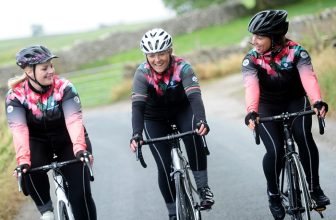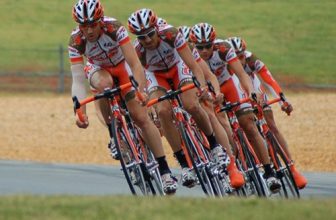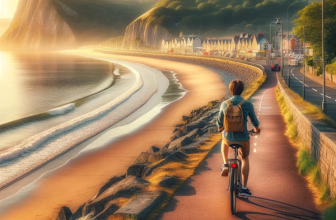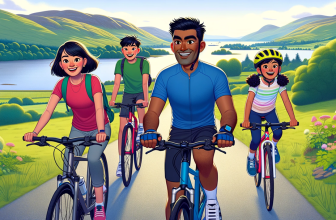How to Be Safer Riding a Bike on the Road
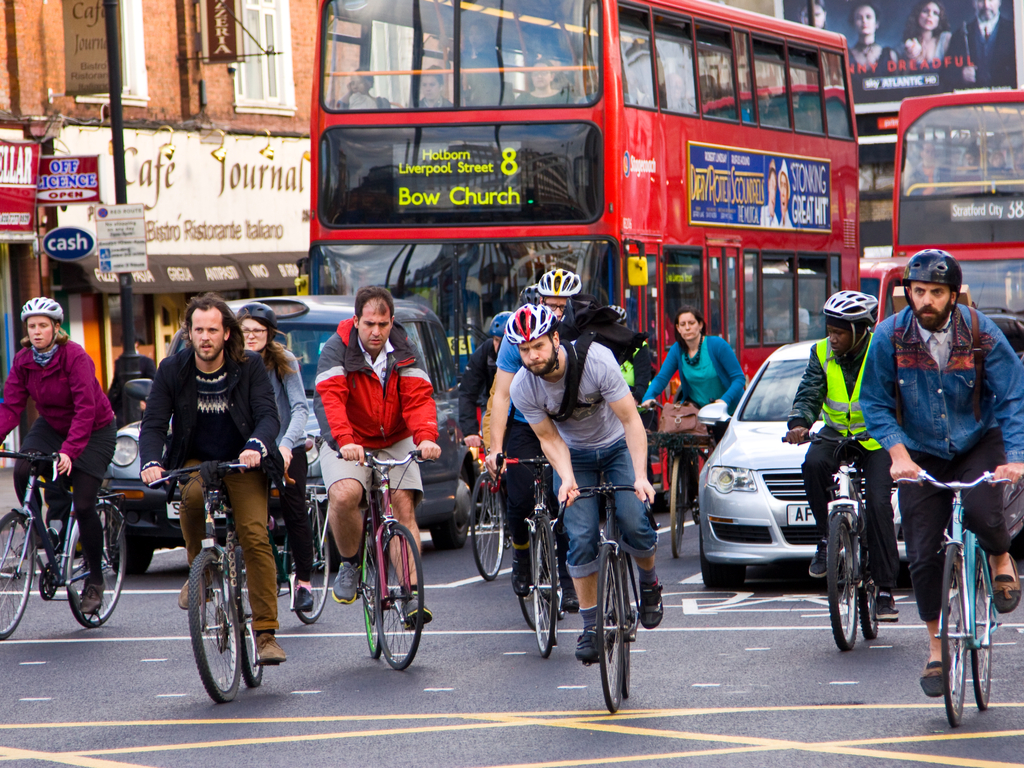
Riding your bike on the road is safer than a lot of people realize. This fear of being hit by cars is a significant deterrent for people considering cycling and biking on the road. The risk is low, but the fear is high. With that said, cycling is a great activity and a healthy way to get from Point A to Point B. Here are some tips on how to ride safely on the road so you can get on your bike and overcome your fears.
Monitor Road Positioning
You should avoid riding too close to the kerb. Riding near the gutter puts you at risk of slipping on debris or manhole covers. Debris can also puncture bike tyres and leave you with nowhere to go in an emergency.
It’s better to ride further into the road – around where the left tyres of a car would be. This position makes it easier for other road users to see you and gives you room to move around obstacles that get in your way.
Some people find that the centre of the road is the safest place to be. It’s dangerous for a driver to overtake you in this position, making things safer for you. This is known as “primary position” and is one way you can signal to drivers that there is no space ahead of you for them to move into.
Hazard Perception
Anyone who uses the road, from cyclists to drivers and even pedestrians, should keep an eye out for potential hazards. Spotting a hazard early on means you have time to safely and effectively respond. Cyclists will have to deal with most of the same dangers as drivers, including watching for cars pulling out of a driveway and approaching junctions carefully. Other hazards, such as puddles and debris in the road, are more dangerous for bikers.
If you are cycling with others, it would be beneficial to point out potential hazards to other riders. Two heads are better than one, and more than that is even better. Ensuring everyone is aware of risk also makes it easier for everyone to maneuver around them.
Another potential hazard for cyclists is people opening their doors into the road. Be careful when riding past parked cars and ride a little further into the road to avoid being hit by an opening door.
Junctions
Cyclists should make their intentions clear when using a junction. Look back for any potential hazards and signal the direction you’ll be turning with your hand. If you aren’t comfortable looking backward when cycling or cycling with one hand, use a cycle path to practice and get the hang of it.
Be careful when turning right on a junction. Avoid turning so far into the righthand side of the lane that drivers will attempt to undertake you. Aim to move as far right as the right tyres on a car would be. Make the turn when you feel it is safe and appropriate to do so.
Make Eye Contact
Making eye contact with other road users is the best way to ensure that they see you. Make eye contact with pedestrians, other cyclists, and motorists. If you don’t get a reaction from the other person, then it’s best to assume that they haven’t seen you, and you need to proceed with caution. Be ready to brake or turn at a moment’s notice.
Passing Through Traffic
Cyclists tend to filter through traffic, which is when a biker passes through stationary traffic. Filtering through traffic is legal in the UK, and it lets motorcyclists and cyclists alike keep moving when other vehicles can’t to improve traffic flow.
Contrary to popular belief, cyclists can pass other vehicles on either side. However, using the left side is a risk because it puts you in the driver’s blind spot. If they were to move a little to the left or make a left-hand turn, you’re likely going to be hit by them. You should never pass a long vehicle like a bus or lorry on the left unless they are completely stationary and won’t move until after you pass them.
As you can see, cycling on the road is a lot safer than some would assume. Cycling is a great way to travel, and you shouldn’t be afraid of using your bike on the road. Take some extra safety precautions, and you shouldn’t run into any problems.




